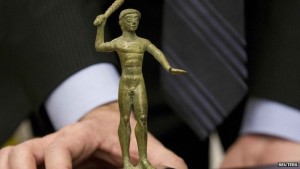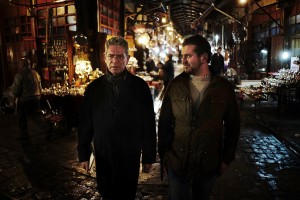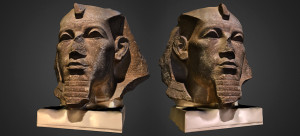March 5, 2015
The British East India company – putting looting into the lexicon
A lot of the stories of artefact repatriations focus on state sponsored looting, such as the massacres in Benin or Beijing’s Summer Palace. A second category is that of private individuals such as the Seventh Earl of Elgin who were also involved in the pillaging of ancient relics, although not normally on such a large scale as it is hard for a single person to have the same impact as an army.
There is a third category though, one which brought us the word Looting – a Hindustani slang phrase for plundering. The word rapidly entered the English vocabulary via the British East India Company, one of the world’s first multinational corporations. While the British East India Company & their unprecedented levels of looting have thankfully now gone, the problem still exists, although it manifests itself in different forms, such as terrorist groups & warlords who like the EIC maintain their own private armies & relatively unencumbered by laws will happy loot ancient sites for personal gain, or merely to deprive others of the ability to see the relics that were once there.

Mughal emperor Shah Alam hands a scroll to Robert Clive, transferring tax collecting rights to the East India Company.
From:
Guardian
The East India Company: The original corporate raiders
William Dalrymple
Wednesday 4 March 2015 05.59 GMTOne of the very first Indian words to enter the English language was the Hindustani slang for plunder: “loot”. According to the Oxford English Dictionary, this word was rarely heard outside the plains of north India until the late 18th century, when it suddenly became a common term across Britain. To understand how and why it took root and flourished in so distant a landscape, one need only visit Powis Castle.
The last hereditary Welsh prince, Owain Gruffydd ap Gwenwynwyn, built Powis castle as a craggy fort in the 13th century; the estate was his reward for abandoning Wales to the rule of the English monarchy. But its most spectacular treasures date from a much later period of English conquest and appropriation: Powis is simply awash with loot from India, room after room of imperial plunder, extracted by the East India Company in the 18th century.
Read the rest of this entry »









